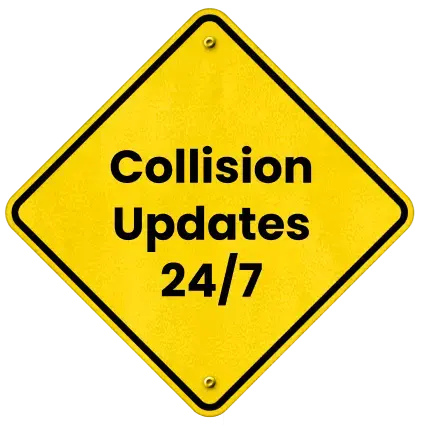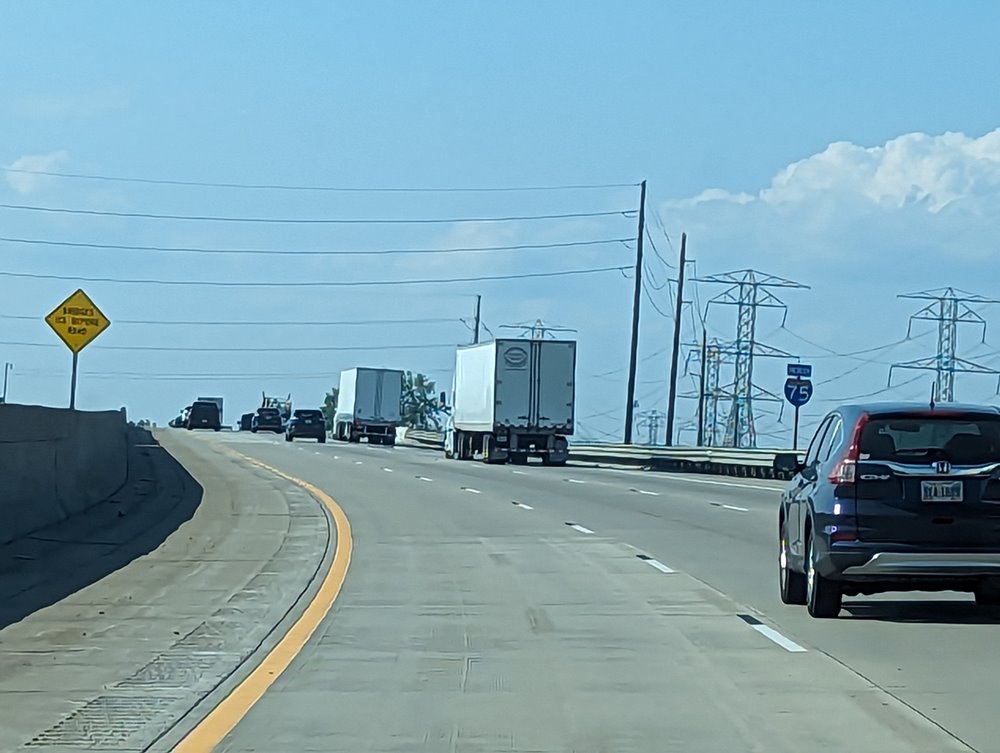
Jackknife & Blowover Crashes on Windy Plains (OK/KS)


Interstate 35 (I-35) passes through Oklahoma and Kansas, two states characterized by expansive, flat plains and frequent strong crosswinds. While these stretches allow for efficient travel, they also create unique hazards for truck drivers. Large commercial vehicles such as semi-trailers are particularly vulnerable to jackknife and blowover accidents in these conditions.
Understanding the causes, consequences, and preventive measures associated with these crashes is essential for drivers, trucking companies, and anyone traveling along this corridor.
How Jackknife and Blowover Accidents Occur
A jackknife crash happens when the trailer swings out to the side, forming an acute angle with the truck’s cab, resembling a folding pocket knife. This typically occurs when the truck’s drive wheels lose traction, causing the trailer to continue moving forward and pivot uncontrollably. Common triggers include sudden braking, slippery roads, improper cargo distribution, or overloading. Even experienced drivers can find themselves in a jackknife scenario if conditions are unfavorable or unexpected obstacles appear.
Blowover crashes, on the other hand, occur when lateral wind forces push a truck off balance, often flipping the vehicle onto its side or roof. High-profile vehicles with large surface areas, such as fully loaded semi-trailers, are most susceptible. Open plains in Oklahoma and Kansas amplify this risk, particularly during seasonal high winds or gusty weather events. Bridges and overpasses can further accelerate wind effects, catching drivers off guard.
Weather conditions play a critical role in both types of accidents. Rain, snow, ice, or freezing temperatures create slick surfaces that reduce tire traction and make sudden maneuvers dangerous. Fog and limited visibility exacerbate the problem, leaving drivers with little time to react to hazards. In these conditions, even minor speed misjudgments or lane deviations can trigger a catastrophic incident.
FMCSA Regulations and Safety Considerations
The Federal Motor Carrier Safety Administration (FMCSA) has implemented several regulations to help prevent jackknife and blowover crashes. For instance, trucks equipped with Electronic Stability Control (ESC) can automatically apply brakes to individual wheels, helping maintain vehicle stability during extreme maneuvers.
Anti-lock braking systems (ABS) prevent wheel lockup and maintain steering control during sudden stops. Cargo securement rules also require that loads are inspected regularly to prevent shifting that could destabilize the vehicle. Complying with these federal regulations is critical for reducing the frequency of serious accidents on I-35.
Common Risk Factors on Windy Plains
Drivers face a combination of physical and operational challenges that increase accident risk along the Oklahoma and Kansas stretches of I-35:
- High Winds: Sudden gusts can tip or push trucks off their intended path.
- Slippery Road Surfaces: Wet, icy, or snow-covered pavement can reduce control and increase stopping distances.
- Steep Braking or Maneuvering: Abrupt speed changes, particularly on grades or during merges, can trigger jackknife events.
- Improper Cargo Loading: Uneven weight distribution makes the trailer more likely to swing or overturn.
- Driver Fatigue and Human Error: Long hours behind the wheel, in combination with challenging conditions, reduce reaction times.
These factors frequently overlap, creating dangerous conditions that demand heightened awareness and proactive measures from drivers.
Preventive Measures for Drivers
While not all risks can be eliminated, careful preparation and safe driving practices can dramatically reduce the likelihood of jackknife and blowover crashes. Drivers should:
- Reduce speed in windy conditions and maintain control over steering input.
- Increase following distances, especially when trailing other large trucks, to allow ample reaction time.
- Inspect cargo and vehicle systems before departure and during long trips to ensure stability.
- Adjust driving techniques on slick surfaces, using gradual acceleration and braking instead of sudden maneuvers.
- Be mindful of fatigue, taking regular breaks to maintain focus and reaction speed.
Using GPS and weather monitoring apps to anticipate hazardous zones or high-wind areas can also enhance safety for commercial and personal vehicle operators alike.
Jackknife and Blowover Accidents on I-35: How to Stay Safe on Windy Plains
Determining liability in jackknife and blowover accidents can be complex, as multiple parties may share responsibility, including the truck driver, trucking company, vehicle manufacturer, or cargo loader. Preserving and collecting evidence is critical to establishing the cause and supporting any claims. This includes dashcam footage, vehicle inspection reports, tire marks, skid patterns, cargo weight documentation, and photographs of vehicle damage and weather conditions.
Logs related to driver hours of service and vehicle maintenance are also important to demonstrate compliance or identify potential negligence. Witness statements and law enforcement reports contribute further to reconstructing the accident.
Experts often assess brake function, tire conditions, cargo distribution, and adherence to FMCSA regulations to determine contributing factors. Legal professionals can help drivers and families navigate this process, understand their rights, and pursue appropriate recourse, ensuring that evidence is preserved and presented effectively for insurance claims or legal proceedings.
Practical Tips for Traveling Safely in High-Risk Zones
Truck drivers and other motorists can also take proactive steps to reduce exposure to hazardous conditions:
- Monitor weather and road conditions through official channels and transportation alerts.
- Plan routes to avoid peak high-wind periods and areas with ongoing construction.
- Communicate with dispatch and fellow drivers to stay informed about traffic slowdowns or road closures.
- Drive defensively, anticipating sudden maneuvers by other vehicles affected by wind or slick surfaces.
These precautions are especially important for commercial vehicles due to their size, weight, and reduced maneuverability.
Seeking Support Following a Truck Accident
Being involved in a commercial vehicle crash on I-35 can be frightening and emotionally exhausting. Guidance from experienced professionals can make a significant difference in navigating the aftermath.
Schedule a free consultation with our knowledgeable I-35 accident lawyers, so you can receive personalized advice, ensure that critical evidence is carefully preserved, and gain a clear understanding of the steps needed to protect your rights.
Support is available not only for drivers but also for passengers and families affected by the incident, helping them regain a sense of control, safety, and confidence as they recover from the physical, emotional, and financial challenges of a serious truck accident.
